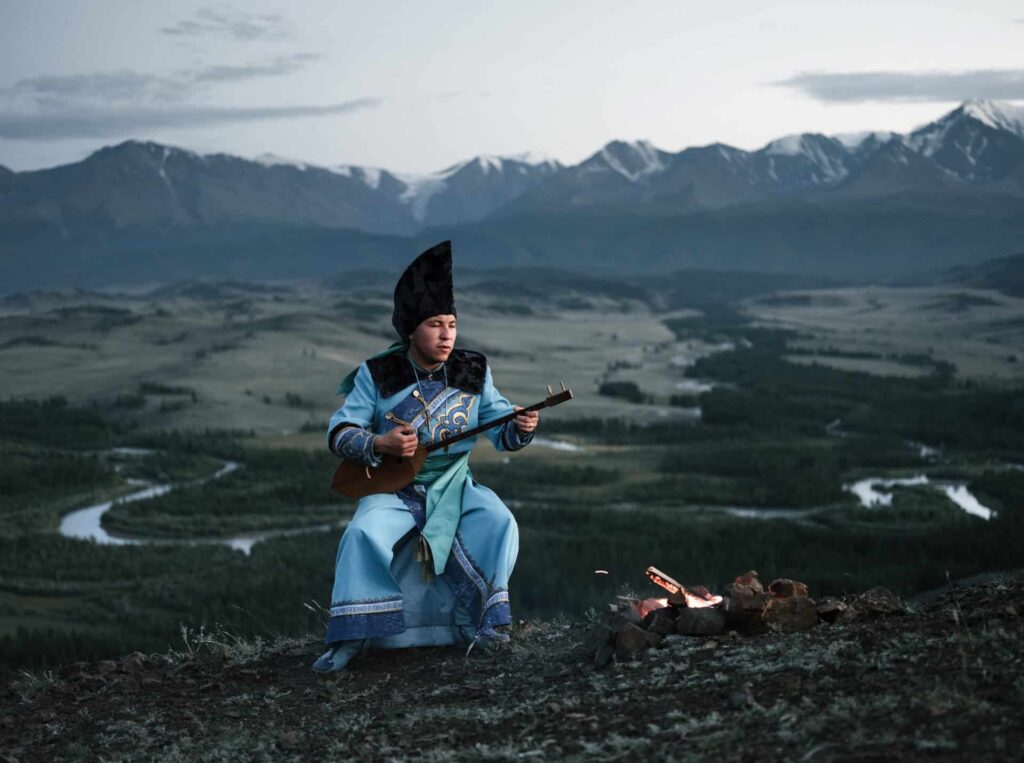Introduction
Folk music is a timeless genre that captures the essence of human experiences and storytelling through melodies and lyrics. As one of the oldest music genres, it has evolved over time, branching into various subgenres that showcase unique regional, historical, and cultural influences. In this article, we will delve into the fascinating world of folk music genres, exploring both traditional and contemporary folk styles.
Traditional Folk Music Genres
- American Folk
American folk music traces its roots back to the early settlers who brought their musical traditions from Europe and Africa. The genre is characterized by simple, relatable stories accompanied by acoustic instruments like the guitar, banjo, and fiddle. Iconic artists include Woody Guthrie, Pete Seeger, and Lead Belly.
- British Folk
British folk music dates back to medieval times and has a rich history of ballads, dance tunes, and sea shanties. Traditional British folk often features instruments such as the accordion, concertina, and fiddle. Important figures in the genre include Ewan MacColl, A.L. Lloyd, and Fairport Convention.
- Celtic Folk
Celtic folk music originates from the Celtic regions of Ireland, Scotland, and Wales. This genre is known for its soulful melodies, poetic lyrics, and distinctive instruments like the tin whistle, Uilleann pipes, and Celtic harp. Some popular Celtic folk musicians include The Chieftains, Clannad, and The Dubliners.
- Flamenco
Flamenco is a traditional Spanish folk music genre that combines singing, dancing, and guitar playing. It is characterized by passionate performances, intricate guitar work, and complex rhythms. Famous flamenco artists include Paco de Lucía, Camarón de la Isla, and Estrella Morente.
Contemporary Folk Music Genres
- Indie Folk
Indie folk is a modern subgenre that blends elements of traditional folk music with indie rock, resulting in a fresh and distinct sound. Artists in this genre often feature introspective lyrics and acoustic instrumentation. Notable indie folk musicians include Sufjan Stevens, Fleet Foxes, and José González.
- Neo-Folk
Neo-folk is an experimental subgenre that emerged in the 1980s, drawing inspiration from traditional folk music, industrial, and post-punk. This genre often incorporates dark themes, esoteric symbolism, and unconventional instruments. Influential neo-folk artists include Current 93, Death in June, and Sol Invictus.
- Americana
Americana is a contemporary folk music genre that incorporates elements of country, blues, and rock. It is characterized by storytelling, acoustic instrumentation, and a focus on American culture and history. Prominent Americana artists include Gillian Welch, The Avett Brothers, and Jason Isbell.
- World Music
World music is a broad term that encompasses various folk music genres from around the globe. These genres often showcase traditional instruments, rhythms, and melodies from their respective regions. Examples of world music subgenres include Afrobeat, Klezmer, and Nueva Canción.
Fusion Folk
In recent years, fusion folk has gained popularity as artists blend traditional folk styles with other musical genres, creating innovative and exciting new sounds. Fusion folk often combines elements of world music, jazz, classical, or electronic music with traditional folk roots. Some examples of fusion folk subgenres and artists include:
- Gypsy Jazz
Gypsy jazz, also known as “jazz manouche,” is a fusion of French gypsy music and American jazz, characterized by its swinging rhythm, intricate guitar work, and use of violin as a lead instrument. This subgenre was popularized by Django Reinhardt and Stéphane Grappelli, who formed the Quintette du Hot Club de France in the 1930s.
- Folktronica
Folktronica fuses electronic music elements, such as synthesizers and digital production techniques, with traditional folk music. This subgenre often features ambient soundscapes, experimental sounds, and unique instrumentation. Notable folktronica artists include Four Tet, Tunng, and The Books.
- Progressive Folk
Progressive folk combines elements of progressive rock with traditional folk music, resulting in a more experimental and expansive sound. This subgenre often features intricate compositions, unconventional song structures, and a wide range of instruments. Key progressive folk artists include Jethro Tull, Comus, and Roy Harper.
- Folk Metal
Folk metal is a subgenre that blends heavy metal with traditional folk music, incorporating folk instruments, melodies, and themes into the metal sound. This fusion creates a unique and energetic musical experience. Some prominent folk metal bands include Korpiklaani, Finntroll, and Eluveitie.
With the constant evolution and fusion of folk music genres, the boundaries of what constitutes “folk” are continually expanding. This openness to experimentation and collaboration has allowed folk music to adapt and thrive in the modern era, while still preserving its traditional roots and values.
Summary
Folk music genres are as diverse as the cultures and histories that have shaped them. From traditional folk styles that have been passed down through generations to contemporary folk genres that experiment with new sounds and themes, there is a wealth of folk music to discover and enjoy. By exploring these different folk music genres, we gain a deeper appreciation for the richness and variety of human experiences and expressions.

